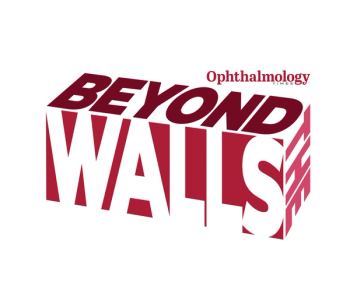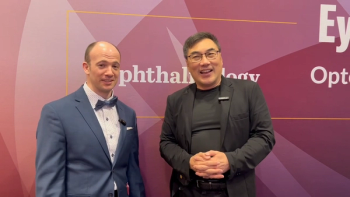
Conference Coverage
about 1 month ago
AAO 2025: The rise of presbyopia researchabout 1 month ago
AAO 2025: The value of RGB imaging in OCTabout 1 month ago
AAO 2025: Innovations in surgical visualization and imagingLatest News

AI in ophthalmology research: Ethical implications for medical students

How AI is reshaping ophthalmology in 2025 and beyond

Reimagining dry eye care: Focus on sustained tear production

8 things to know about aflibercept 8 mg for retinal vascular disease

From bench to bedside: Evolving realities of gene therapy for inherited retinal diseases

Shorts
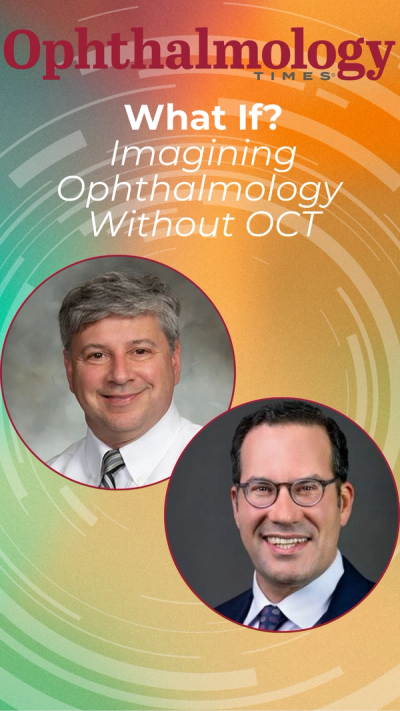




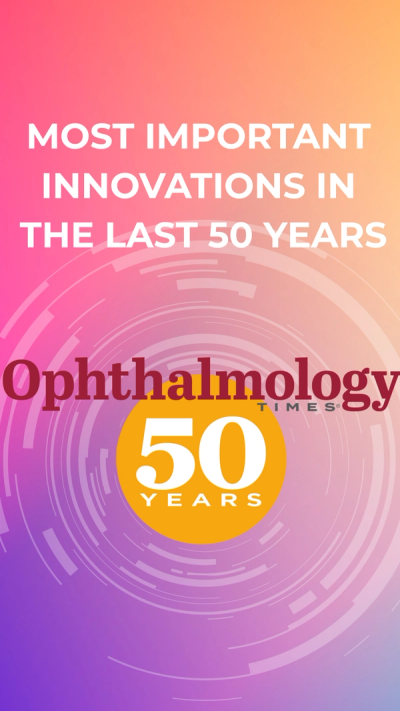
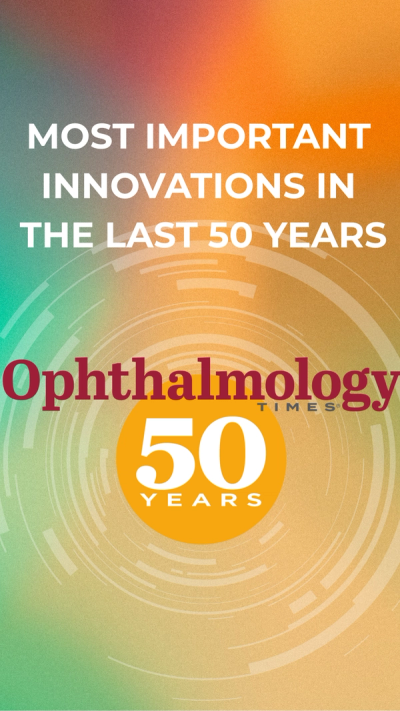
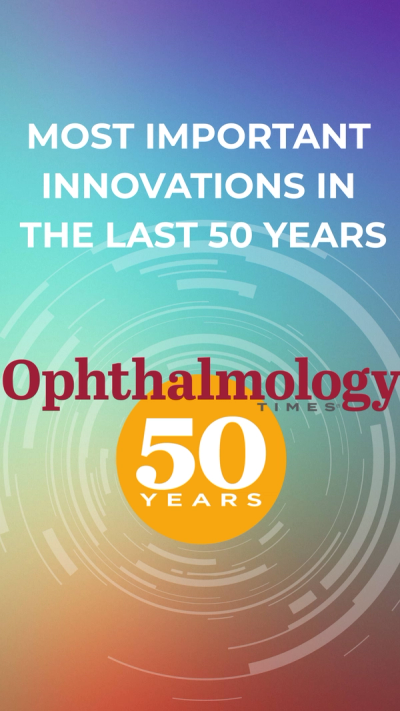
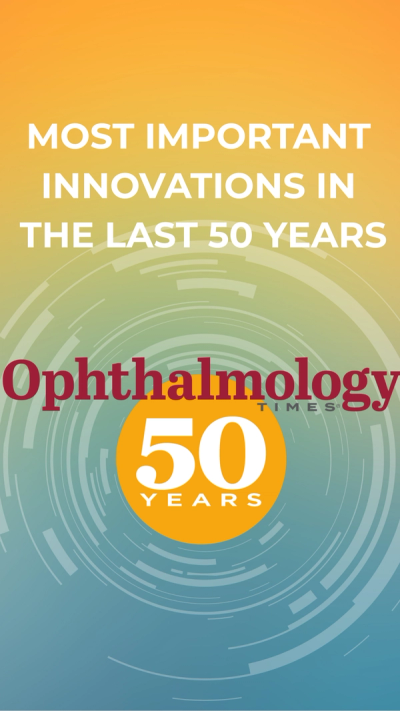
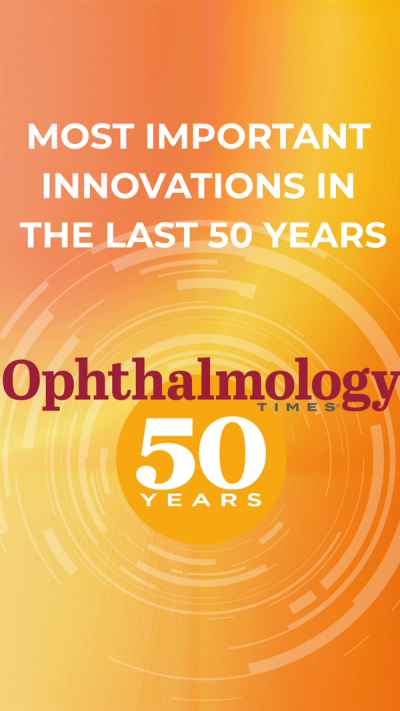
Ophthalmology Times Digital Edition

Podcasts
Continuing Medical Education
All News




This approach helps distinguish diseases associated with macular atrophy.

NCX 470 is Nicox’s lead dual-mechanism bimatoprost eye drop for lowering IOP in open-angle glaucoma or ocular hypertension.

Insights for diagnosing and managing these visible changes across specialties.


Aldeyra met with the FDA on December 12, 2025, in which the FDA requested the company submit the CSR from the reproxalap dry eye disease field trial to the NDA.

Tips for optimizing surgical techniques to reduce recurrence and enhance outcomes.

The trial is being discontinued based on the recommendation from an Independent Data Monitoring Committee (IDMC) to stop the trials for “futility."

While primary endpoint analysis showed no statistical difference in the rate of change in GA area between AVD-104 versus monthly avacincaptad pegol, 12-month results showed approximately 31% reduction in GA lesion growth rate versus growth rates in sham and natural history rates.

A phase IV study in China found that 22 of 26 patients achieved complete healing of a persistent corneal epithelial defect or corneal ulcer after 8 weeks.

Pre and postclinic routines, time blocking, and the Eisenhower Decision Matrix enhance efficiency in clinical education.

The company plans to submit its NDA package in the second half of 2026.










